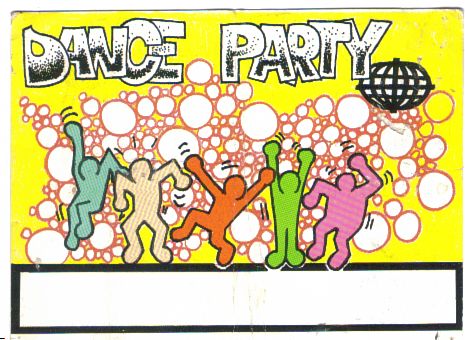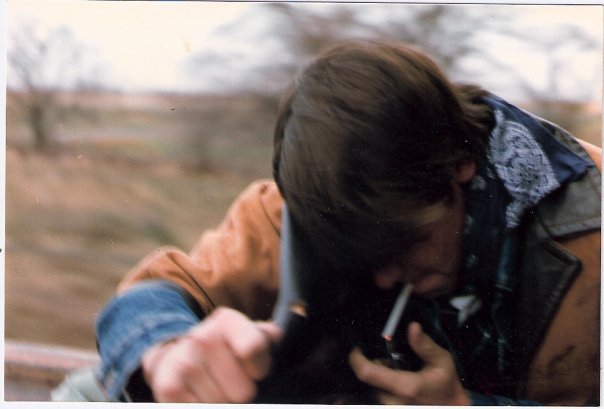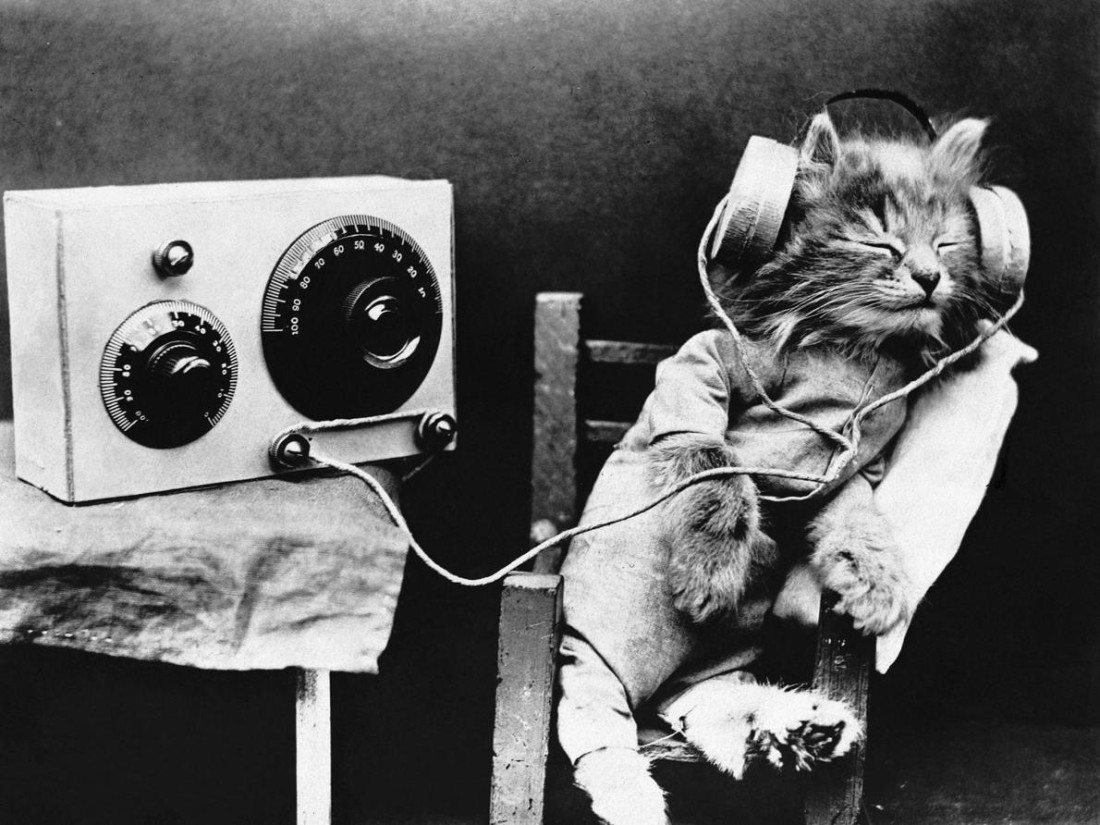Distant Fires
Isn’t it interesting when you discover, (sometimes five, or ten, or even twenty years later,) that you missed an entire revolutionary pop-culture movement? For example, I missed the musician Moby and the whole dance/rave moment that surrounded him in the U.S.

Moby sold tens of millions of records, became the “face of techno music,” and was HUGE, but I own not one recorded second of his music, and simply don’t know much about him. Of course, some of his music was unavoidable and it kind of registers as familiar because it permeated the mainstream. And I was also familiar with many of the sounds that came from the subcultures that fed the genre he was working in. But still – I missed a big moment.
What got me thinking about this? Well, Moby wrote a memoir called Porcelain that details (mostly) his pre-fame life, feelings, and surroundings leading up to the release of his monstrously successful 1999 album, Play. Moby was interviewed recently on the fine WBEZ radio podcast, Sound Opinions, (the show’s hosts both loved the book, I haven’t read it,) and during their excellent interview, while speaking specifically about himself and his own situations, he made some fantastic, universal observations about things that are discussed fairly often on this page. He really captured my attention and I wondered, “What else have I missed?”
I certainly didn’t log right in to iTunes and load up a bunch of old Moby, but I did love listening to what the guy had to say. Especially because he spoke so well and plainly about certain themes that are explored on this page, and that often recur here.
On Nostalgia – We long for those old days sometimes, don’t we? Me especially. We look past the disadvantages and the downright grime of them to savor memories of days that seemed supercharged with possibility and creativity and even simplicity. Commenting on his happiness and excitement during youthful days in New York City, (when he was part of a deep underground musical movement that integrated house music and hip hop to propel a new and larger rave culture,) he was just scraping by and the atmosphere of the city was gritty, dangerous, and sometimes squalid.
Moby said, basically that maybe it is just a self-evident function of youth – as a person gets older and becomes nostalgic for the past, partially those are times and places that don’t exist anymore, but maybe it is just nostalgia for not being old.

On Relevancy and Success – Moby seemed to be genuinely delighted and surprised to have sold over twenty million records, and to have come to define what was known for a while as electronic dance music (EDM). But mass appeal was emphatically not his standard for success, and he had some particularly heartening things to say about what should be a standard of success.
He said, more or less, that success should not be measured by the size of an audience. He stated the obvious – that there are billions of [works of art] available to investigate, and it is amazing that even one person will take the time
and energy to check out and appreciate something that you have created. It is unhealthy and kind of sick to think that a musician or a writer could only have legitimacy if he or she is reaching mass numbers of people. You have legitimacy if you love what you’re doing and one other person loves it, too. That’s success.

On Music’sMagic – Moby worked with the late Dr. Oliver Sacks, who created the Institute for Music and Neurological Function. During the interview, Moby was asked about current music’s ability to change lives and form identities in the context of the music that formed him. He spoke precisely, intelligently, and passionately about music’s ethereal ability to fundamentally change people. I loved this…
He said that through scientific research at the Institute it has been shown that music affects the brain and the endocrine system and changes people, not just anecdotally, it actually alters neurochemistry, promotes neurogenesis, decreases stress hormones, and promotes growth hormones. Music is a magic pill, and yet it doesn’t even exist. It is ethereal.

Music and sound are just weird air molecules – nitrogen and oxygen – hitting the eardrum a little differently. A person with a jackhammer, and YoYo Ma with his cello, are creating essentially the same thing – just pushing air molecules a little differently – but one makes you weep and the other annoys you. The power of music that is ineffable and makes people do things: dance, march into war, cut their hair, move across the country, have sex – it does all this profoundly and it does this over and over again. How is it that something with no clear evolutionary consequences can be so powerful and make us cry or make us joyful?
And then he discussed, in his own way, how the subculture fringes become the mainstream. There is some disappointment and wistfulness in his voice that his movement, (EDM and rave culture,) are firmly in the mainstream now. What was born in warehouses and small sweaty nightclubs, (what was once being invented as it went along – was once secret and conspiratorial,) now attracts festival crowds of 50,000 people to stadiums.
Long-timers and oldsters remember the days when the industrial, funk, and hip hop music samples that nourished their beat-driven bacchanals were obscure outside of their scene – so when they hear the DJ play Katy Perry remixes or insert other such Top 40 uniformity into their sets instead of playing some obscure musician, they feel a natural ruing. (Remember those tears you shed when you heard Nick Drake’s music played in a Volkswagen ad?)
I think about this all the time – how the fringes of creative [sub]cultures sometimes blaze for a bit, sending a warm and promising light flickering toward a bland, homogeneous center. Then, these fringe movements, they mainly fizzle and die. Sometimes though, they evolve and find the fuel they need for their fires to feed the popular mainstream. If they do the result is at best an exciting distillation of that creative culture’s finest components. Usually though, if some fringe phenomenon catches and burns toward the middle, the results form a tepid, diluted, and ashy slurry, barely recognizable to the original early adopters of a cultural sensation.
But that’s the deal, rave culture, such as it is, (never my thing, but once a vibrant fringe sensation,) is now the mainstream. It is just one example among many that you are welcome to insert. The thing to remember though is that the fringes are still out there on fire. They are hiding their light from you somewhere else, somewhere in the distance, and you don’t know where. Are you willing to open your ears and eyes to search for the next big thing?
Could this be it? Merging blippiness and African-inspired guitar from Atlanta via Brooklyn. Good and fun, try any of these three tracks….
Too Far Out, Stabilized Waves, and Spanish Leather by Shy Layers from the album 2 (2016 Growing Bin).
Anyway, all this got me looking back at some of what would have been in our home’s rotation around 1998 – 2001, when rave was ascendant in the mainstream. Maybe you missed these. Just the barest sample here…
Bacharach and The Beach Boys influenced the wonderful Sean O’Hagan’s outfit. I couldn’t get enough. From England:

Get Into the Galley Shop by The High Llamas from Buzzle Bee (2000 Drag City).
Three of Chicago’s post-rock and ambient wonders:
Not Sport, Martial Art by Jim O’Rourke from the EP Halfway to a Threeway (1999 Domino Records).
TNT by Tortoise from TNT (1998 Thrill Jockey).
A Blur in Your Vision by The Aluminum Group from Pedals (1999 Minty Fresh).
Oh, Air! French band…
Casanova 70 by Air from Premiers Symptomes (1997 Virgin).
Back to England for the beautiful chamber rock mastery of Tindersticks:
Ma Soeur by Tindersticks from the soundtrack of the film Nénette et Boni by Claire Denis (1997 This Way Up).
And you may have missed this, too, if you gave up too early on these wizards of pop music, XTC:
I Can’t Own Her from Apple Venusvolume 1 by XTC (1999 Canyon International).
What else did I miss?
5 August 2016